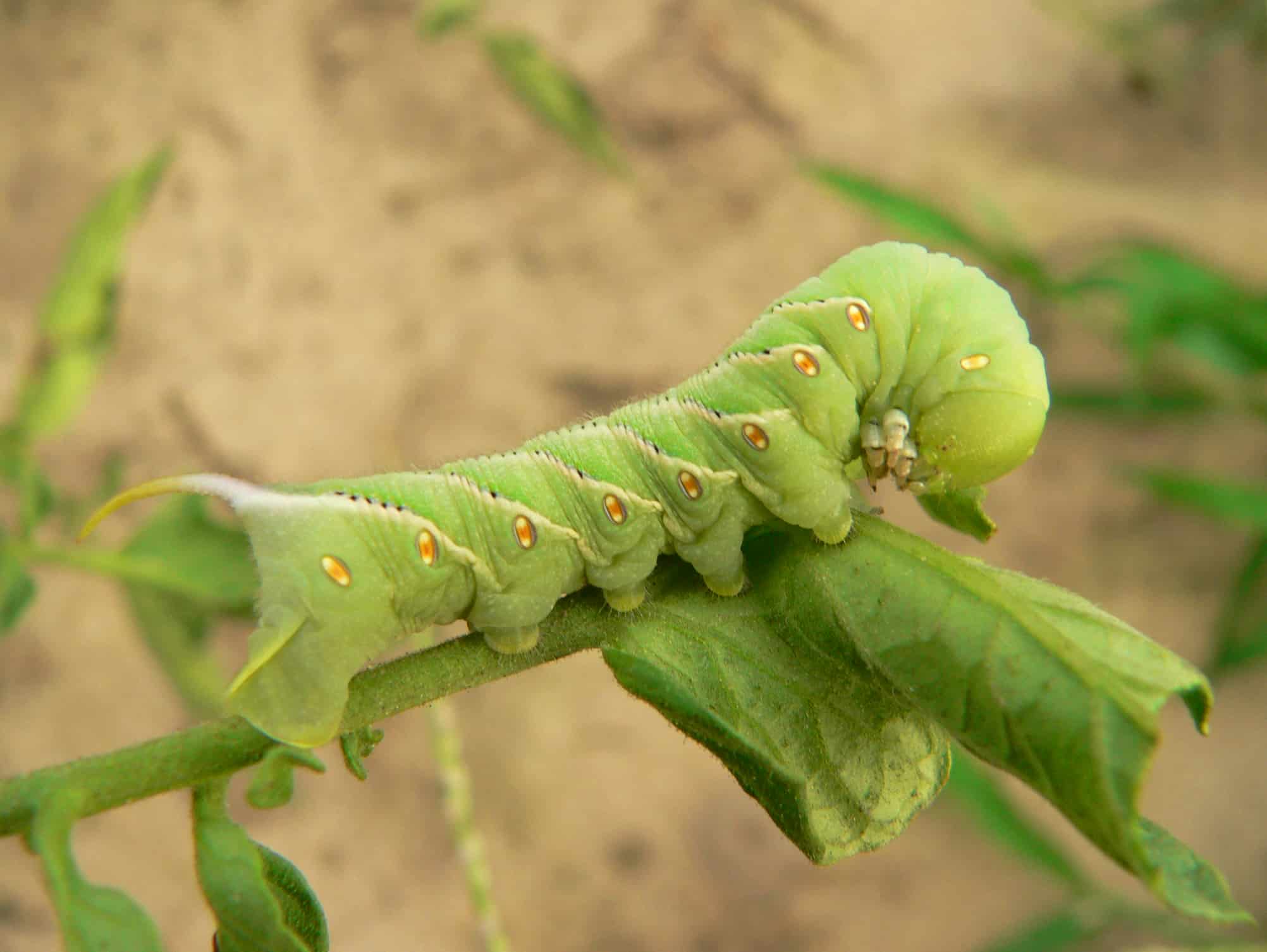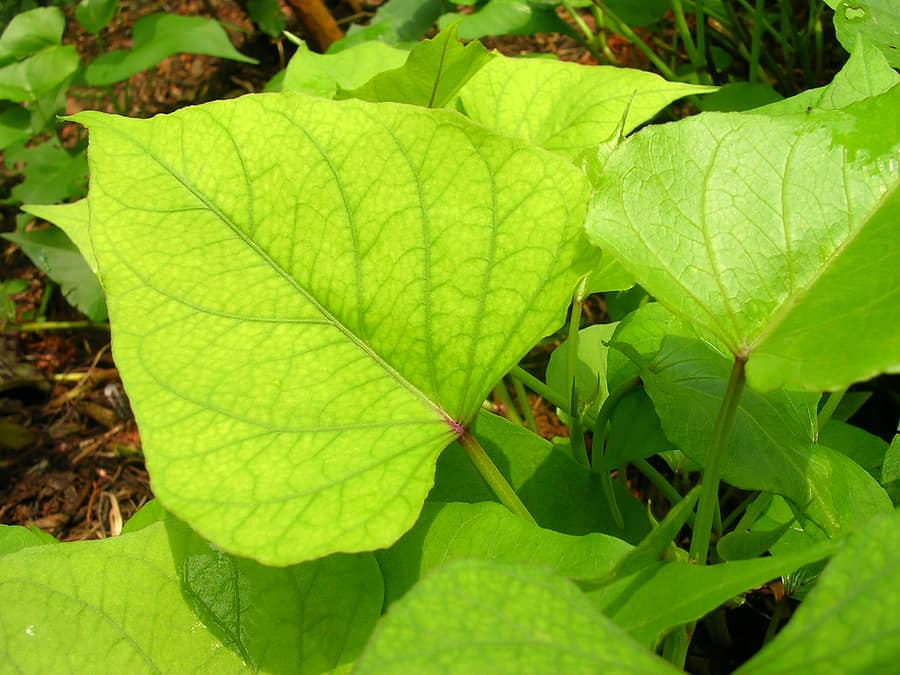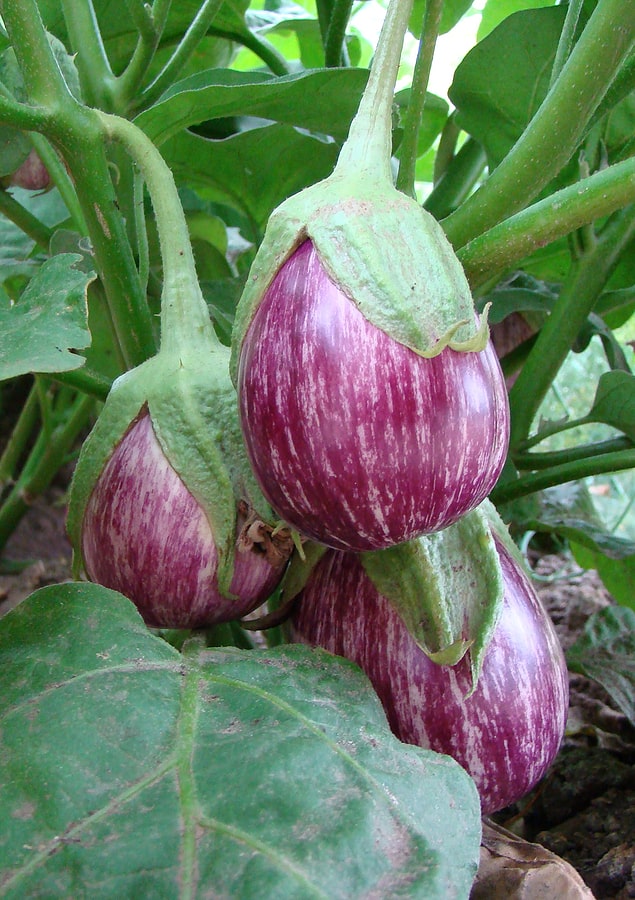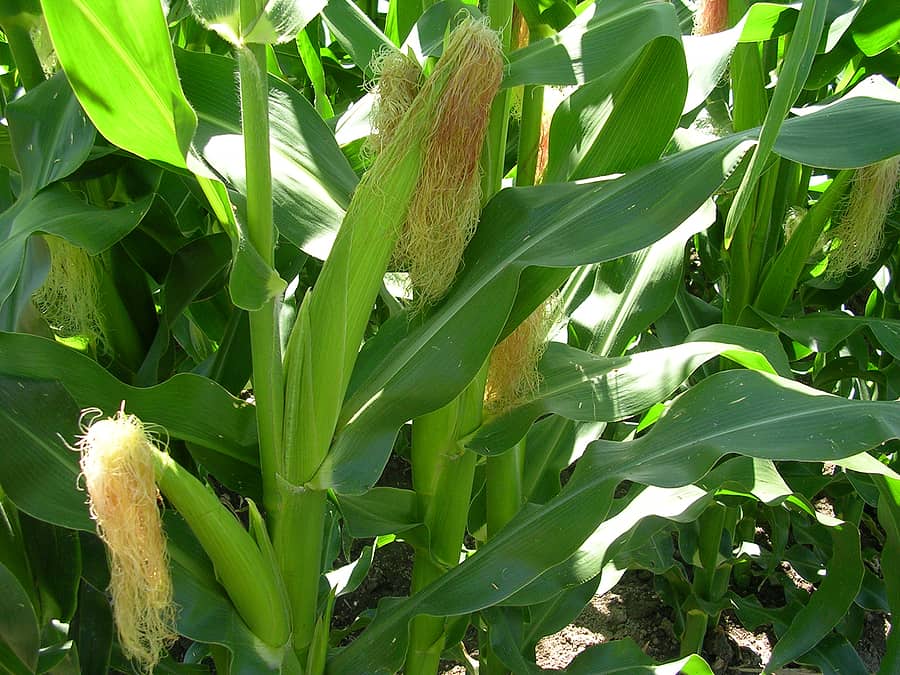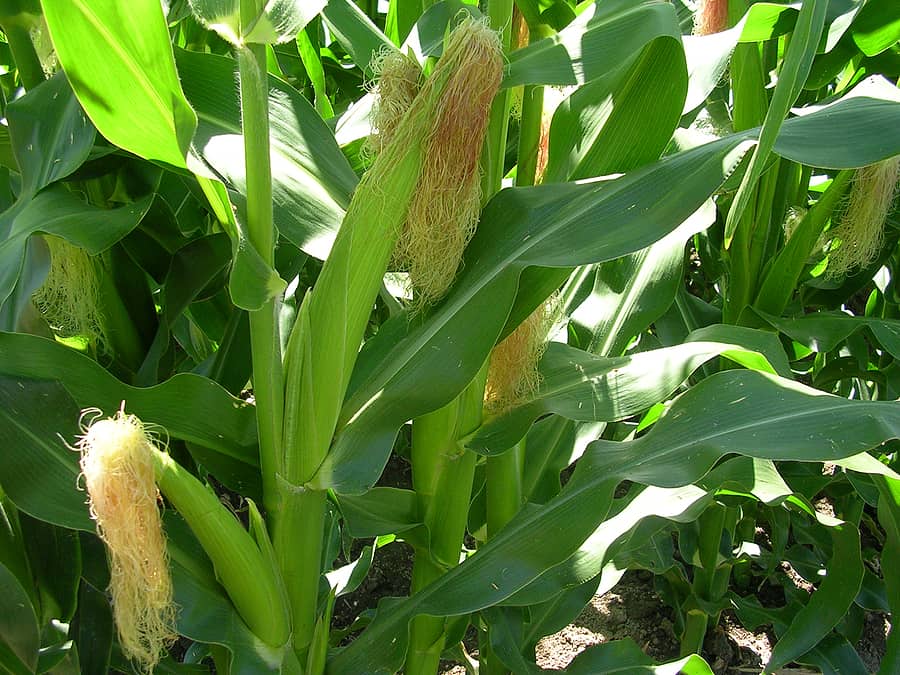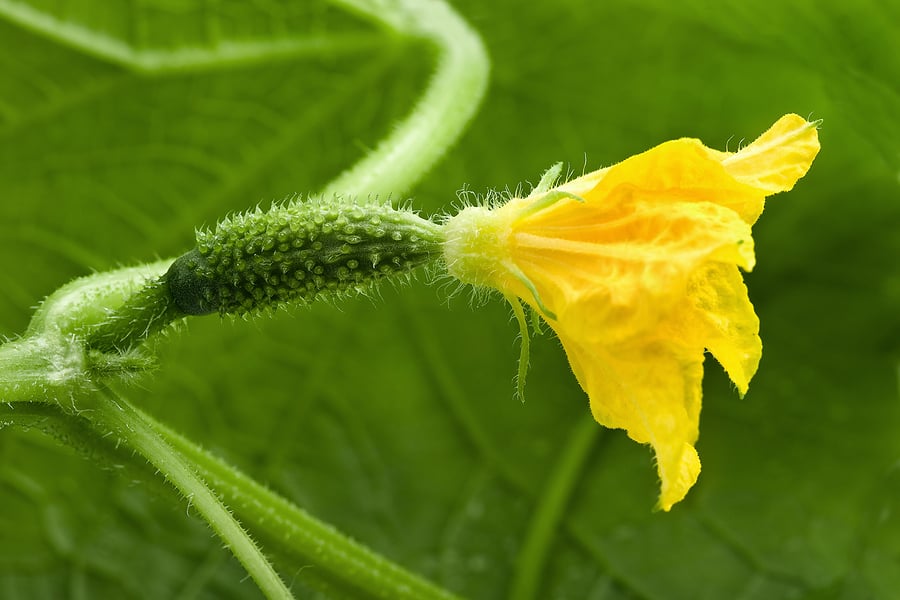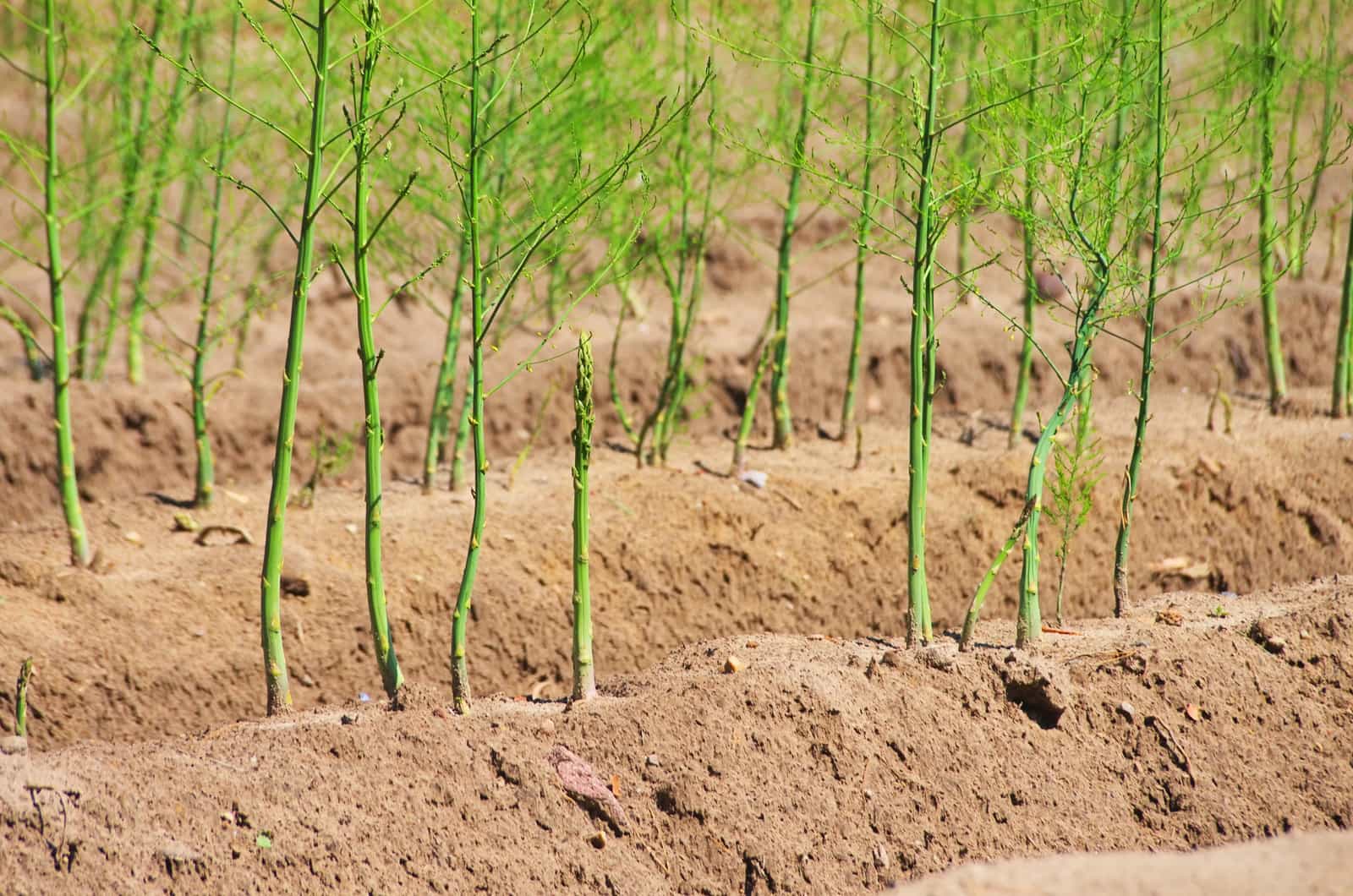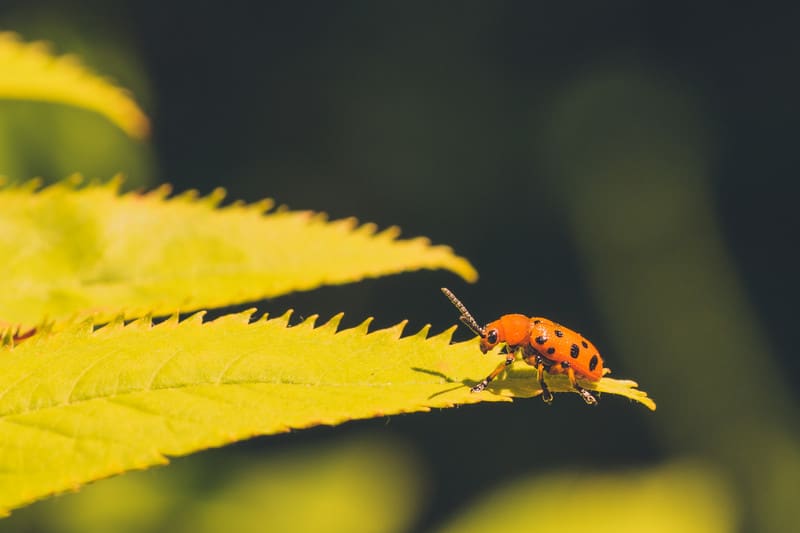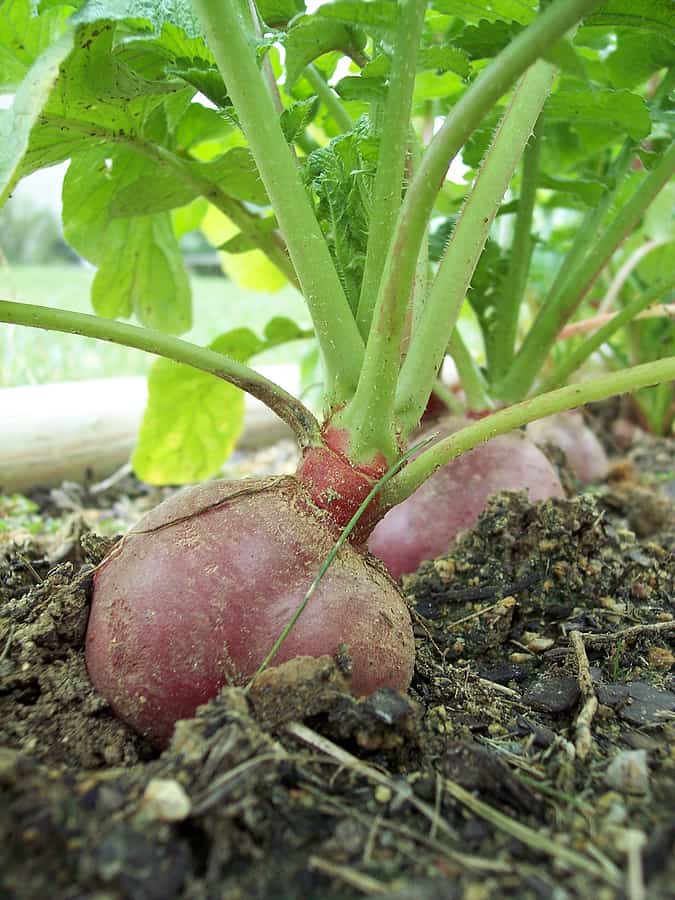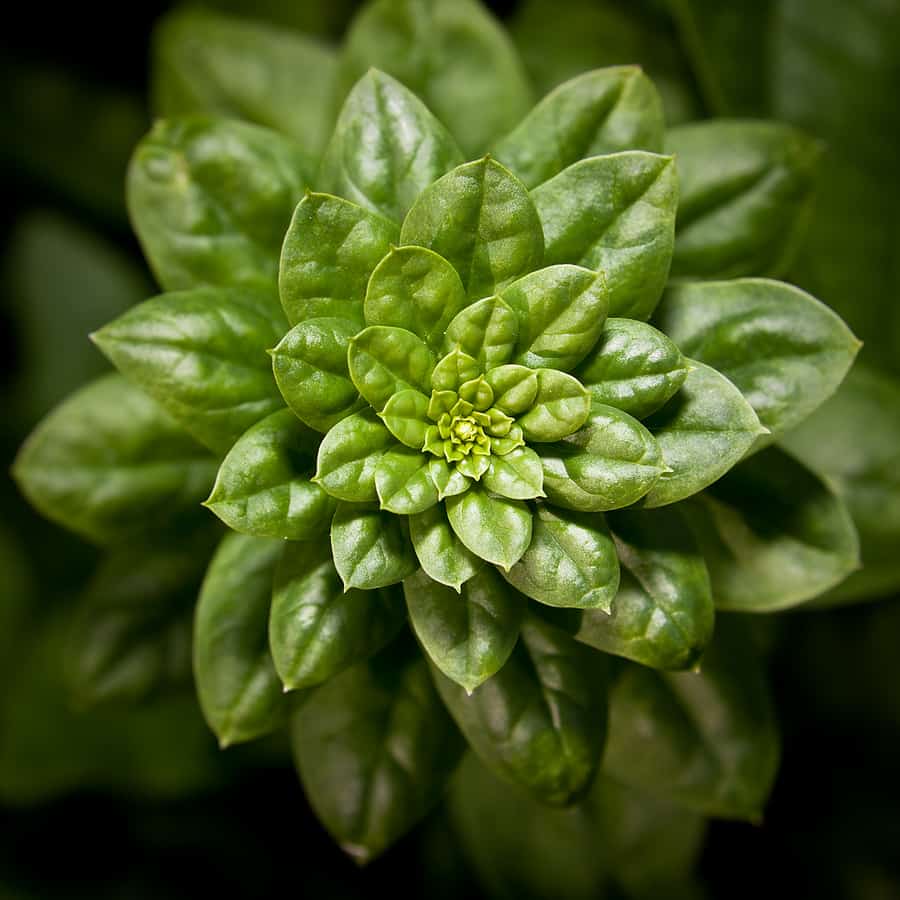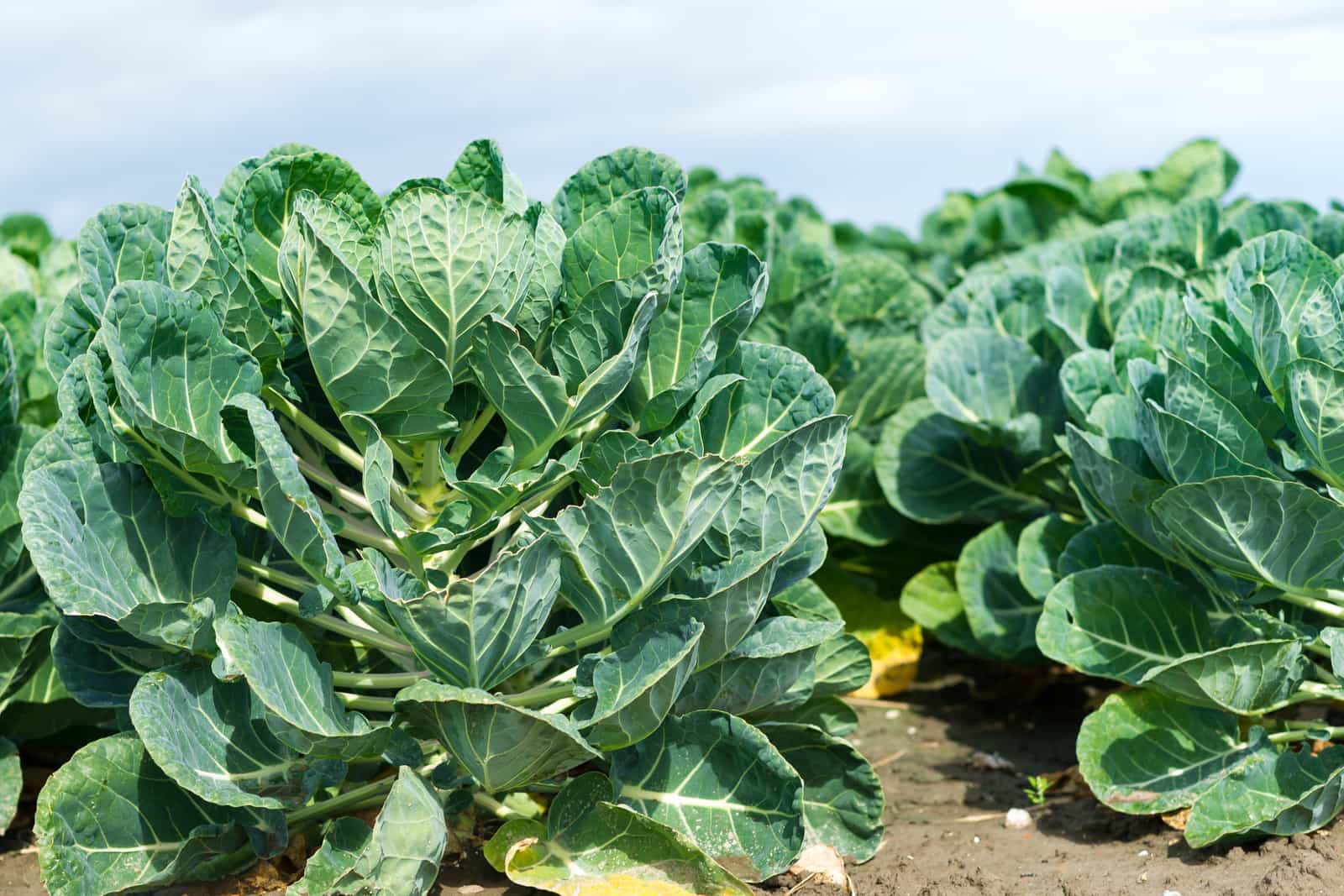Pests
Latest stories
More stories
-
Eggplant Growing Problems: Troubleshooting
They can be difficult to grow without these ingredients. Here is a troubleshooting list of possible eggplant problems with control and cure suggestions: (More eggplant growing success tips are at the bottom of this post.) Eggplant seed and seedling problems Seedlings are cut off near the soil surface Cutworms are gray or brown grubs that […] More
-
Pepper Plant Problems, Pests, and Diseases—How to Fix Them
After decades of growing peppers, I’ve encountered just about every problem a gardener can face—wilting plants in the heat, leaves riddled with holes, stunted growth, and even entire crops lost to disease. Early on, I struggled with diagnosing issues quickly, often losing valuable growing time. But through experience, research, and trial and error, I’ve learned […] More
-
Sweet Corn Pests and Diseases: What to Watch For
After growing sweet corn organically for over 30 years, I’ve learned that healthy corn starts with early attention to potential problems. Pests and diseases can quickly damage a crop if you don’t know what to look for—or when to act. In this post, I’ll share the most common sweet corn troubles I’ve faced in the […] More
-
Corn Earworm Organic Pest Controls
The corn earworm—which is also known as the tomato fruitworm and the cotton bollworm—is a caterpillar that eats the fruit and leaves of corn, tomatoes, beans, peppers, squash, lettuce, peas, potatoes, and other crops. Corn earworms also chew tomato fruits from the blossom end, eat into bean pods and nibble lettuce. Earworms also attack okra […] More
-
Common Cucumber Pests and Diseases: Prevention and Treatment
As a seasoned gardener with over 30 years of experience growing cucumbers, I’ve encountered my fair share of pests and diseases that can threaten a healthy harvest. Whether you’re a first-time cucumber grower or a seasoned gardener, understanding the common problems that cucumbers face is crucial to maintaining a thriving crop. In this troubleshooting guide, […] More
-
Cucumber Beetle Organic Pest Control
The cucumber beetle is an oblong greenish-yellow beetle with black spots or stripes on its wing covers. The cucumber beetle is about ¼ inch long. Cucumber beetles feed mainly on members of the cucurbit family—cucumbers, melons, and squashes—and also asparagus, early beans, corn, eggplant, peas, potatoes, and tomatoes. They attack seedlings feeding on young shoots […] More
-
How to Prevent and Treat Squash Pests and Diseases Naturally
Growing squash is incredibly rewarding, but if you’ve ever battled squash vine borers, aphids, or powdery mildew, you know how quickly pests and diseases can take over. Over the years, I’ve dealt with my fair share of squash plant problems—watching healthy vines suddenly wilt, fruit fail to develop, and leaves become covered in white fungal […] More
-
Asparagus Growing Problem Troubleshooting
Asparagus is a perennial vegetable that will keep on producing for 20 years or longer given the right location and care. A healthy asparagus patch requires a bit of attention. Rule Number One: Keep ahead of asparagus problems, pests, and diseases. Here are asparagus growing problems and solutions: Whole plant problems Yellow to orange to […] More
-
Asparagus Beetle Organic Pest Control
The common asparagus beetle adult is a shiny, elongated blue-black beetle with a reddish-brown thorax and four cream-colored spots surrounded by a red border on the wing covers. The adult asparagus beetle is ¼-inch long. The larva is a greenish-gray, wrinkled, humpbacked grub with a dark head about ⅓-inch long. Common asparagus beetle adults and […] More
-
Radish Growing Problems: Troubleshooting
Radishes are a cool weather crop that will tolerate some heat. Sow radishes in the garden as soon as the soil can be worked in spring and plant succession crops every 10 days until the end of spring. Lifting radishes as soon as they are large enough to eat is important. Radishes that stay too […] More
-
Spinach Growing Problems: Troubleshooting
Spinach growing problems are often related to growing spinach in the wrong season. Grow spinach in cool weather. Sow spinach in the garden as early as the ground can be worked in spring. Make succession sowings every 10 days for a continuous harvest of young tasty leaves. Continue sowing spinach until just a few weeks […] More
-
Brussels Sprouts Growing Problems: Troubleshooting
Brussels sprouts are a fall vegetable; there is not enough cool spring weather in most regions to bring sprouts to harvest before summer. Brussels sprouts require about 3 months to reach harvest size. Sprouts–buds or heads that resemble miniature cabbage–form in the axils of leaves. Sprouts appear first at the bottom of the stalk and […] More

